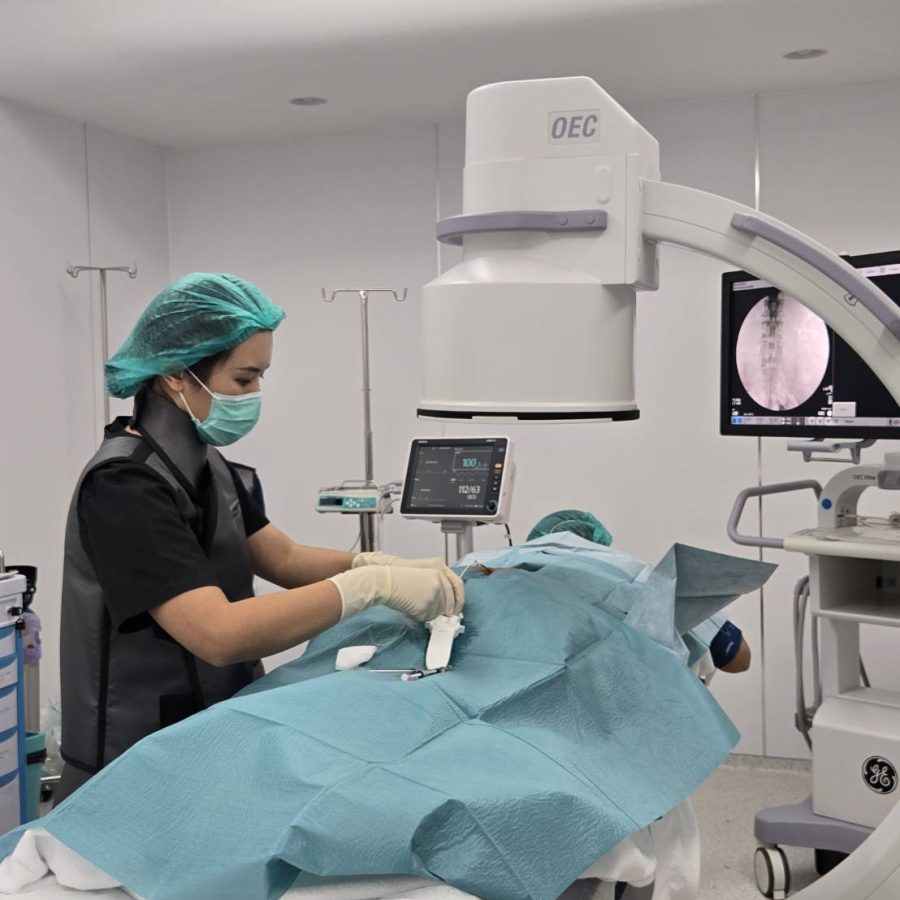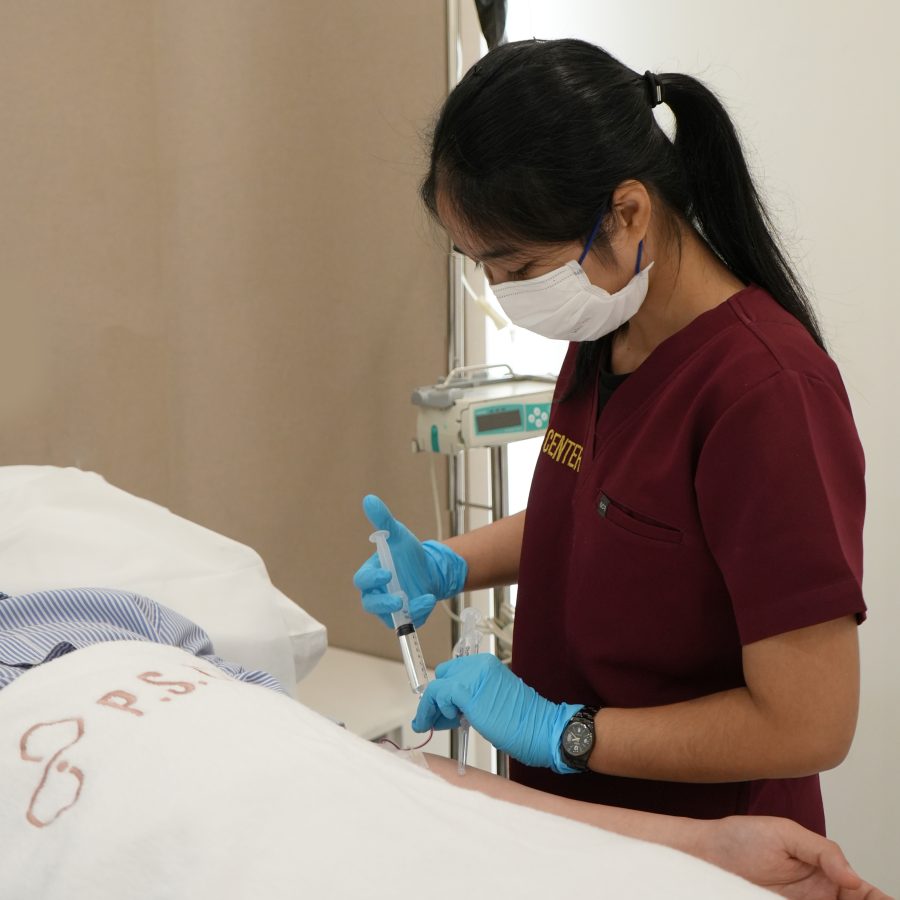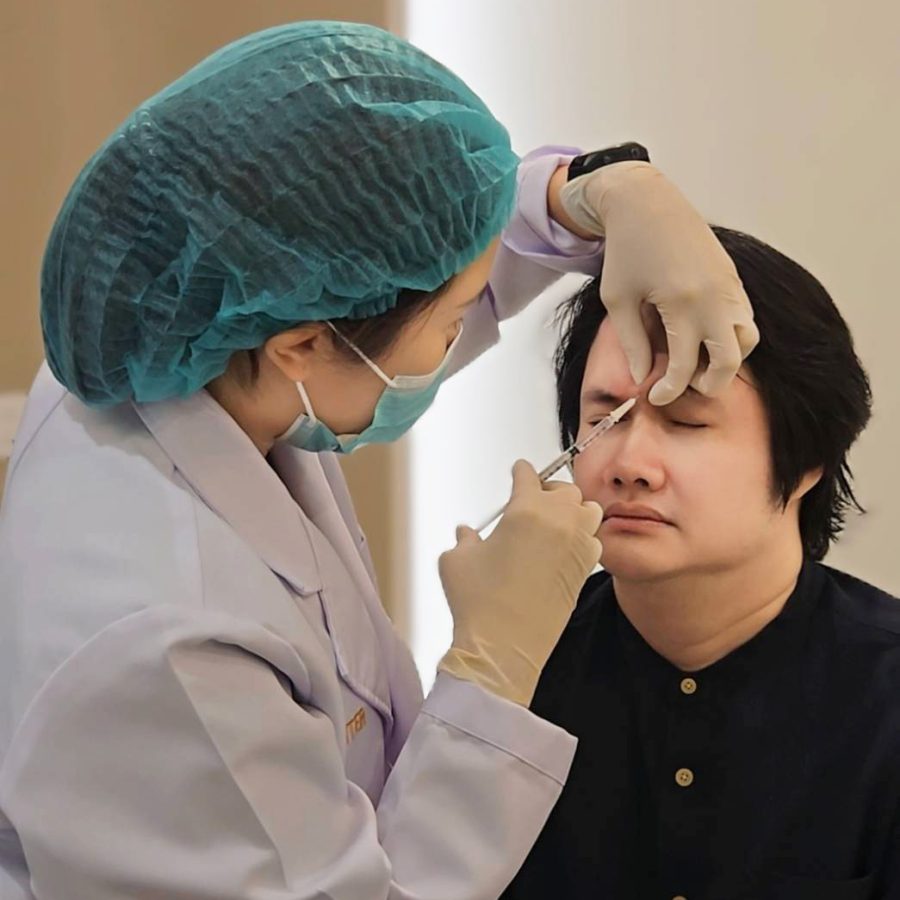If you’re dealing with chronic pain in your neck, face, or upper limbs, Stellate Ganglion Block (SGB) might offer you pain relief. This minimally invasive procedure is designed to block pain signals from the sympathetic nervous system, which can help reduce pain and improve your quality of life. Here’s everything you need to know about SGB for pain management:
What is Stellate Ganglion Block?
The Stellate Ganglion is a collection of nerves located in the neck that controls pain and other functions in the head, neck, and upper limbs. The Stellate Ganglion Block (SGB) is a procedure where a local anesthetic is injected near these nerves to interrupt the pain signals being sent to the brain. This can provide relief from various types of chronic pain in the head, neck, arms, and shoulders.
Who Can Benefit from Stellate Ganglion Block?
SGB is most commonly used to treat pain related to:
- Complex Regional Pain Syndrome (CRPS), particularly affecting the upper limbs
- Post-surgical pain, especially after surgeries involving the shoulder or arm
- Post-traumatic pain following accidents or injuries that affect the upper body
- Trigeminal Neuralgia, a condition that causes severe, sharp, and sudden facial pain due to irritation of the trigeminal nerve
How is the Procedure Performed?
The procedure is simple, quick, and done in an outpatient setting. Here’s what you can expect:
- Injection: A small needle is inserted, and a local anesthetic is injected near the Stellate Ganglion to block the pain signals. The entire procedure usually takes 15-20 minutes.
- Preparation: You’ll be awake and positioned comfortably on an examination table.
- Injection Site: The injection is made in the neck area.
- Imaging Guidance: The doctor will use ultrasound guidance to ensure the needle is placed in the correct position for maximum effectiveness.
What Results Can I Expect?
- Immediate Relief: Many patients experience immediate pain relief following the procedure, though it may take a few hours for the full effect to be felt.
- Long-Term Pain Reduction: For some, the relief lasts for weeks or even months, significantly improving mobility and quality of life. Many patients find that with multiple SGB treatments, the effects tend to accumulate, offering extended periods of relief and improving overall pain management over time.
- Improved Function: Patients often report better range of motion and less discomfort during daily activities after treatment.
What Should I Expect After the Procedure?
- Recovery: Most people can return to their normal activities shortly after the procedure, though you should avoid strenuous activities for the remainder of the day.
- Side Effects: Some temporary side effects may include hoarseness, drooping eyelids, or a warm sensation in the arm, but these usually resolve quickly.
- Follow-up Care: You may be asked to follow up with your doctor to monitor progress and determine if further treatments are needed.
How Many Treatments Are Needed?
Some patients experience lasting relief after a single SGB, while others may need additional treatments to maintain pain reduction. Your doctor will recommend a personalized treatment plan based on your condition and response to the procedure.
Compiled by;Rarinthorn Choomsai Na Ayuthaya, M.D. Interventional Pain Specialist
Contact us to learn more or to schedule a consultation.
Tel: 02-125-3959, 098-195-0991







